- Learning time
- 30 minutes
- First play time
- 80 minutes
Watson and Holmes
Designed by: Jesús Torres Castro
Watson and Holmes is a game of mystery-solving, inspired by the great detective and his sidekick. The game comes with 12 cases to be solved, and as Sherlock and the good doctor take on each case, you do the same.
There’s no board, but instead each case has a set of 12 cards that are laid face-down. They could be locations or people, but basically they are things that link to the crime in some way. Some cases also give each player a character card that gives them a special ability, too.
Somebody reads out the introduction to the case, which ends with the three questions you need to answer to solve the case. Then the game begins. Each player has a bunch of carriage tokens they will use to in order to visit the various cards. At the start of a round, everyone bids carriage tokens. You only need one to visit a card, but if someone else bids two or more, you’re then bumped off that card, losing a carriage token in the process (i.e., if you bid three and someone else bids four, you only get two tokens back in your hand).
Once all the bidding is resolved, each player takes their own card, secretly reads it to themselves, and makes notes. Some cards are going to be more helpful than others, but they all contain some small link towards solving the case. Once everyone’s made their notes, the cards are returned to their positions and a new round begins.
There are some other elements too: you can block a card using a police token, and you can remove a police token with an alarm token, or sneak past him with the keys token. You can get more carriage tokens from the carriage stop, and you can pay 4 carriages to call on Watson: he lets you choose a player who must read their card aloud, to everyone!
So there’s a little bit of chicanery of blocking as well as outbidding. When someone thinks they have the answers they go to 221B Baker Street and check. If they don’t get all three answers correct, they’re out of the game (although other players can still call on them using the Sherlock card, which allows some limited information to pass between players) and if you get them right – you’re the best detective!
The guru's verdict
-
Take That!
Take That!
Not much, but increasing with the number of players.
-
Fidget Factor!
Fidget Factor!
Almost non-existent.
-
Brain Burn!
Brain Burn!
It's a different type of brain-burning to a game of deep strategy or war-like tactics. The burning here is how to link the seemingly disparate clues together into a solid theory.
-
Again Again!
Again Again!
Each case can only be played once by the same players. The game comes with 12 cases.

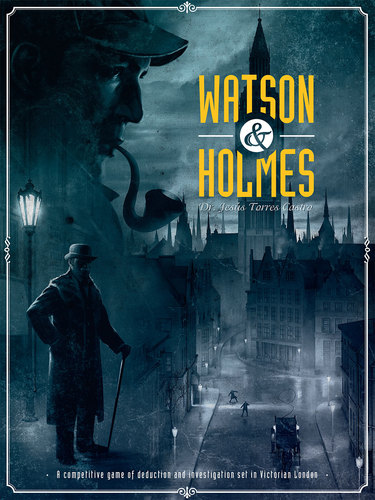
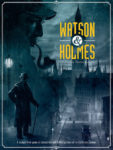
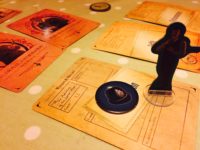




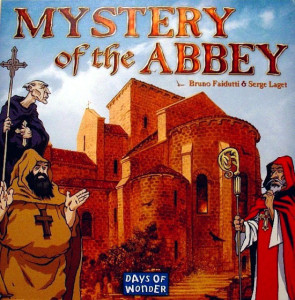
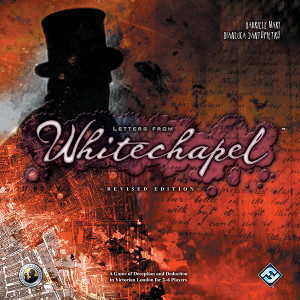

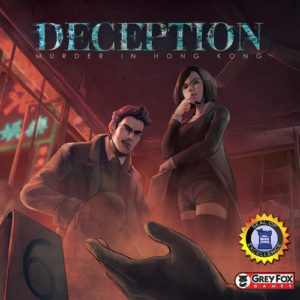
Sam says
There's mounting tension as you scribble down what you hope will be relevant info, and tension when you flip over a card and realise it's not helpful - but make notes anyway, in order to give the impression it is! The game suggests 12 and up but I think kids younger than that can get into it, as long as they're OK making notes. The only real caveat here is the number of players will change the interactive element of bidding - with only three of us on our initial play, we rarely got in each other's way. And outside of the bidding, the game is played out almost entirely in silence... for some that can be an intriguing element, but others may find it a bit... quiet.